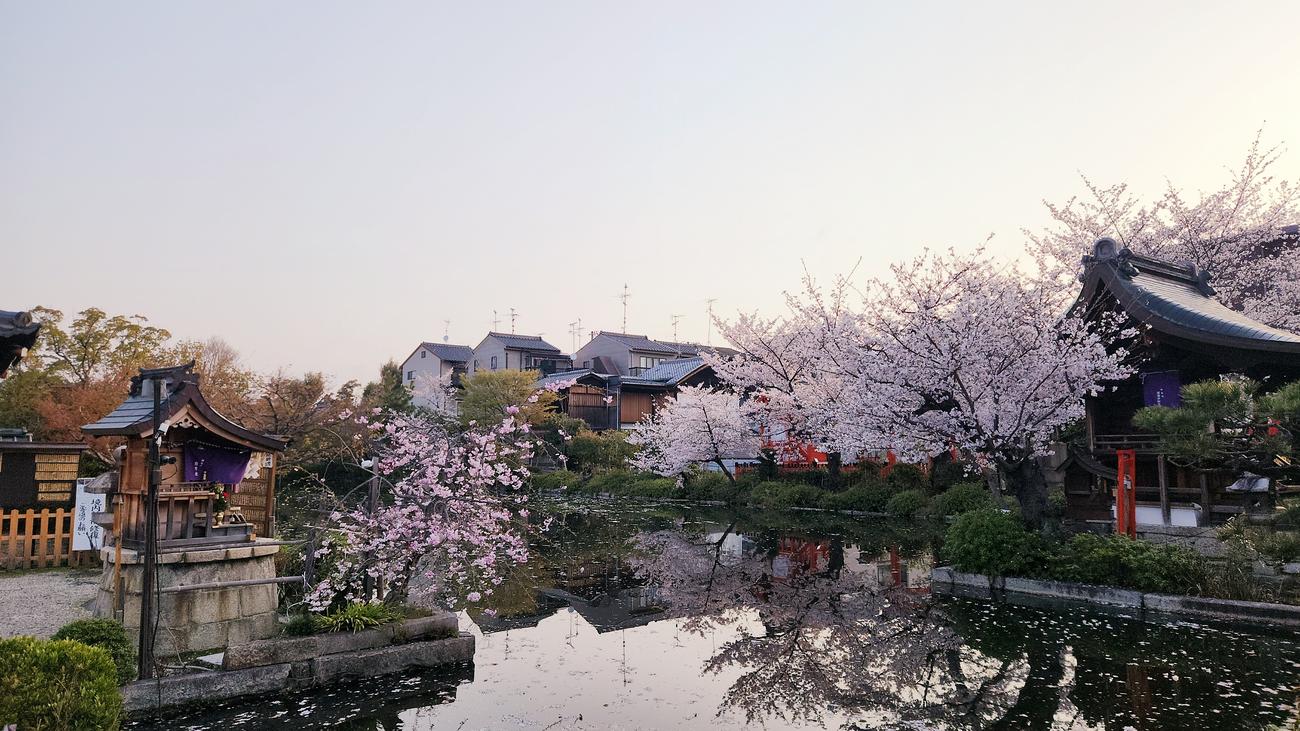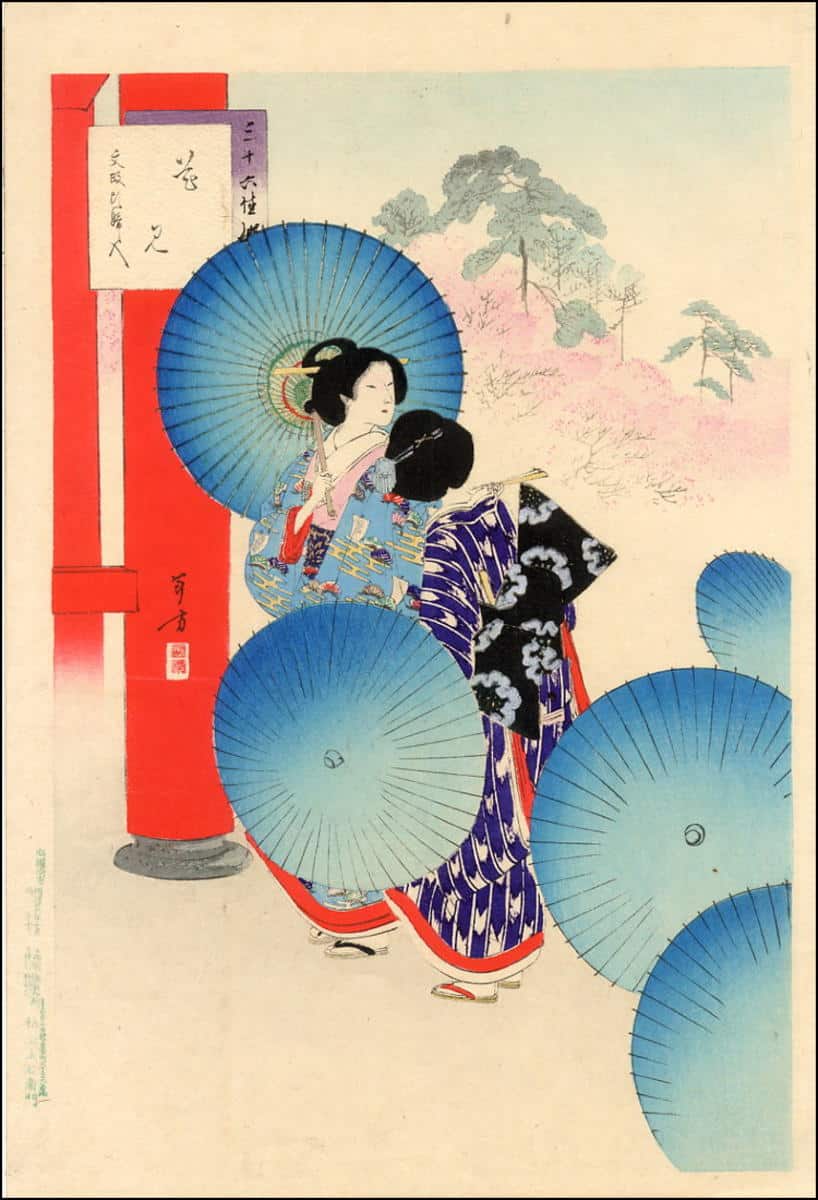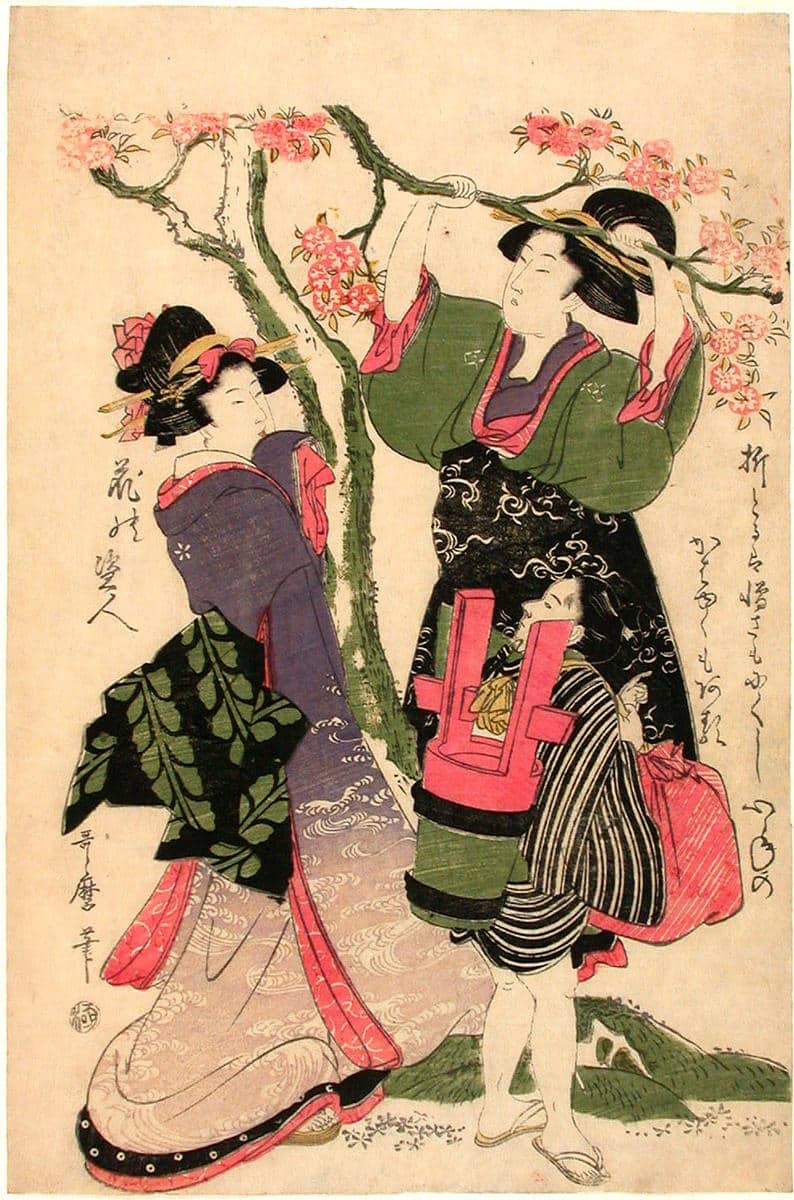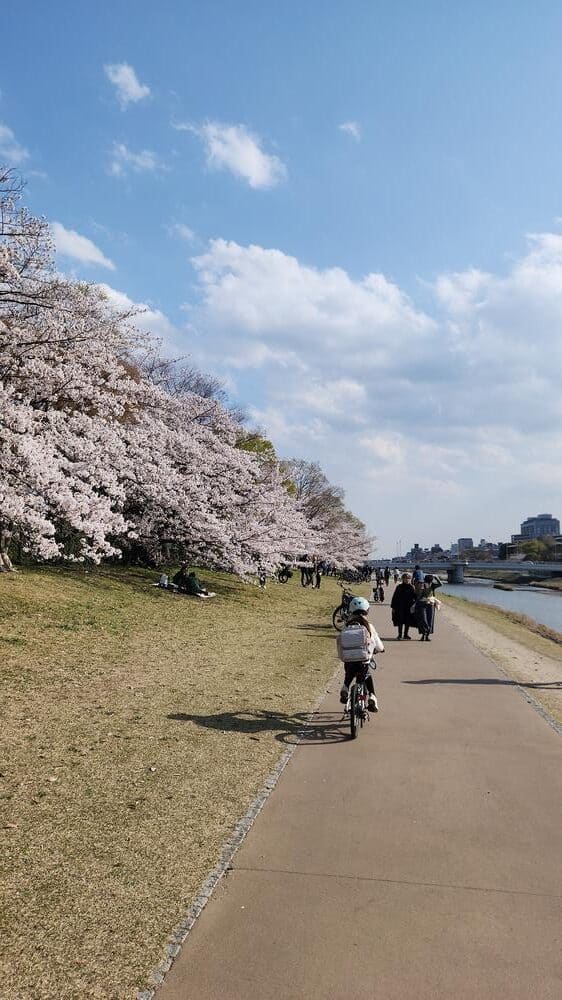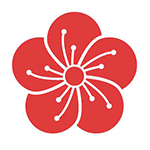Have you ever wondered what it would be like to sit beneath a canopy of pink blooms, sipping sake with friends as delicate petals float down around you? That’s the enchanting world of hanami – Japan’s beloved cherry blossom viewing tradition that transforms the country into a dreamscape each spring. As someone who’s been fortunate enough to experience this magical season firsthand, I’m excited to share the beauty, culture, and joy of this centuries-old practice with you!
Key Takeaways
Before we dive into the wonderful world of sakura, here’s what you’ll discover:
- The fascinating history of hanami stretching back over 1,000 years
- How modern Japanese people celebrate hanami today
- The most breathtaking cherry blossom viewing spots across Japan
- Essential hanami etiquette you should know before joining a party
- What delicious foods and drinks are enjoyed during cherry blossom season
- How Japan forecasts and follows the sakura bloom with incredible precision
The Rich History of Hanami: From Aristocrats to Everyone
Did you know that hanami (花見, literally “flower viewing”) began over a millennium ago? It’s true! But interestingly, the first flower viewing celebrations in Japan weren’t focused on cherry blossoms at all.
During the Nara period (710-794), Japanese aristocrats actually celebrated plum blossoms (ume) under Chinese influence. But by the Heian period (794-1185), cherry trees had become the star of the show. Can you imagine the elegant scene? Court nobles in Kyoto would gather under blooming sakura to compose poetry, enjoy music, and play games during lavish spring banquets.
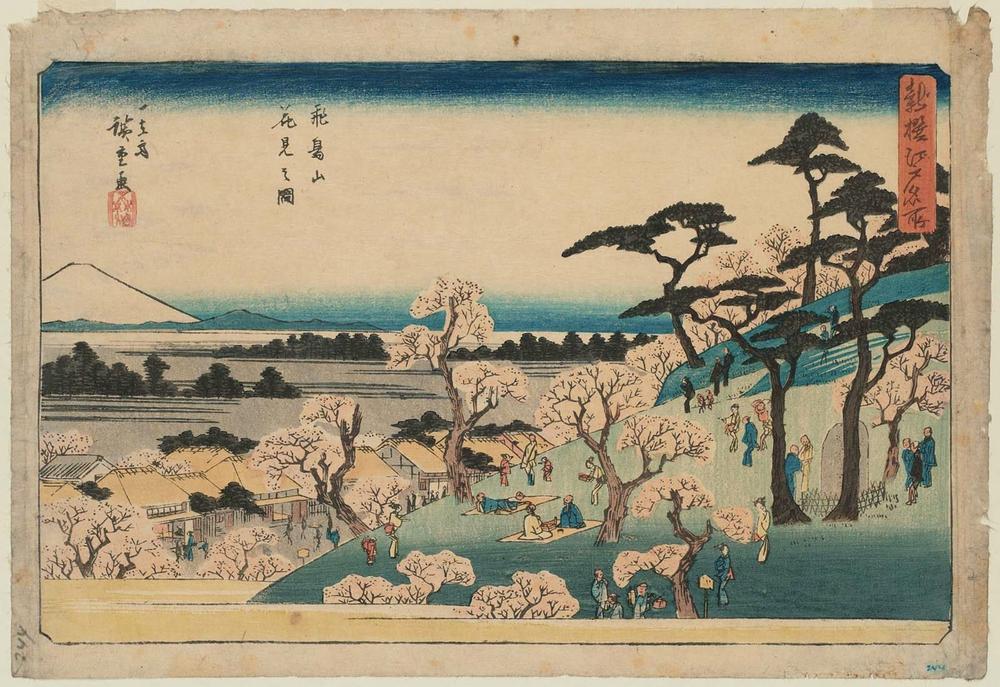
Emperor Saga held one of the earliest recorded hanami events in the 9th century, cementing the cherry blossom’s place in Japanese aesthetics. What I find most fascinating is how the tradition gradually spread throughout Japanese society. Initially exclusive to emperors and nobles, hanami was later embraced by samurai warriors and eventually by commoners during the Edo period (1603-1867).
The big breakthrough came in the 1710s when shogun Tokugawa Yoshimune ordered thousands of cherry trees planted in public areas, including along Edo’s Sumida River and in Asukayama. This thoughtful act allowed everyone to enjoy the cherry blossom season, regardless of social status. And just like that, a tradition that began in imperial courts became Japan’s most democratic celebration of nature’s beauty!
In a nutshell
Hanami began over 1,000 years ago with nobles appreciating plum blossoms, evolved to focus on cherry blossoms during the Heian period, and eventually transformed from an elite pastime into a beloved tradition for all Japanese people thanks to the Edo-period shogun who planted cherry trees in public spaces.
Modern Hanami Culture: How Japan Celebrates Today
Today, hanami is an eagerly anticipated national pastime that brings together families, friends, and colleagues when the sakura bloom each spring. But what does a modern hanami party actually look like?
Once the cherry blossom forecast turns Japan’s map pink, people start planning their outings. A typical hanami involves gathering in parks or famous sakura spots for casual picnics under the blooming trees. Companies often host hanami parties for employees – it’s a wonderful way to welcome new hires each April and bond outside the workplace.
Picture this: groups spread out blue picnic mats (removing shoes before stepping on them, just like in a home), share homemade or store-bought food, pour drinks, and chat or sing while surrounded by a sea of pink blossoms. The atmosphere is relaxed and festive – exactly what you need after a long winter!
And what about evenings? Nighttime hanami is called yozakura (夜桜, “night cherry blossoms”), and it’s absolutely magical! Parks hang lanterns that illuminate the trees after dark, creating an enchanted scene as couples stroll under lit-up canopies of petals and groups continue picnicking into the night (with blankets and warm sake to ward off the chill).
During peak bloom, spots like Tokyo’s Ueno Park or Meguro River and Kyoto’s Maruyama Park glow with lantern light and buzz with crowds enjoying the yozakura magic. There’s something wonderfully communal about hanami – a shared appreciation for beauty that brings together people from all walks of life.
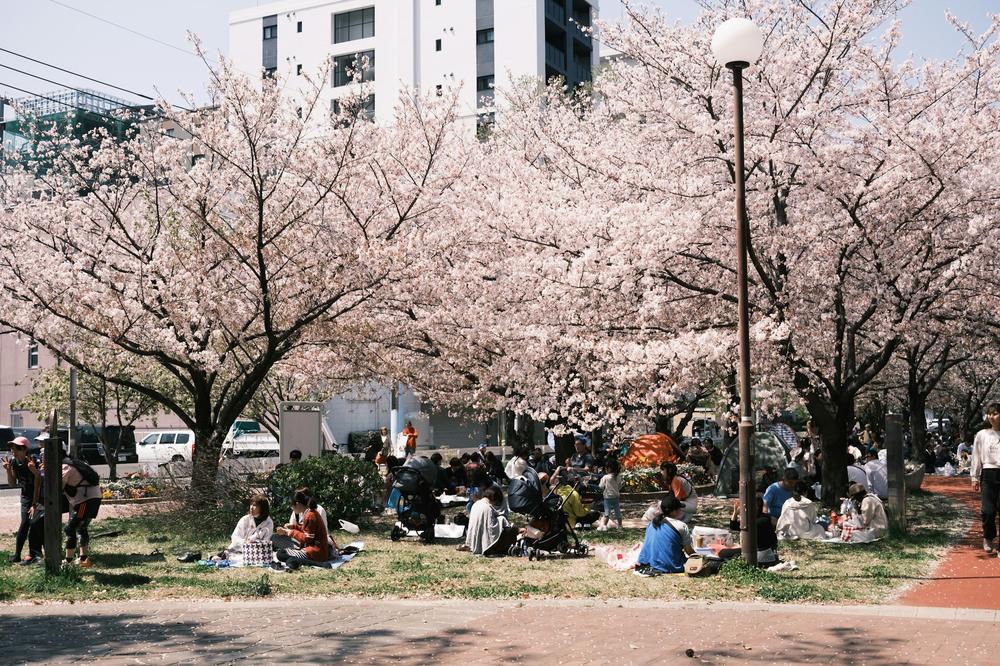
In a nutshell
Modern hanami involves picnics under blooming cherry trees with friends, family, or colleagues, where people relax on blue tarps sharing food and drinks. Evening celebrations (yozakura) feature illuminated trees creating magical nighttime experiences, especially in popular parks where lanterns transform the scenery.
Regional Hanami Traditions: The Best Places to Experience Cherry Blossoms in Japan
One of the most exciting aspects of hanami is how each region of Japan celebrates with its own unique flair. Let me take you on a quick tour of some spectacular hanami spots across the country!
Tokyo: Urban Hanami at Its Finest
Tokyo’s hanami scene perfectly balances urban energy with natural beauty. Ueno Park is one of the capital’s most famous spots, with about 800 cherry trees that have drawn flower viewers since the Edo era. During the Ueno Sakura Matsuri (Cherry Blossom Festival), which in 2025 ran from March 15 to April 6, the park comes alive with food stalls, lanterns, and entertainment.
Another Tokyo favorite is Chidorigafuchi, the moat around the Imperial Palace, where rows of cherry trees drop petals into the water. Can you imagine the romance of renting a rowboat to paddle amidst floating petals? It’s absolutely dreamy!
For a more tranquil experience, Shinjuku Gyoen offers over 1,000 cherry trees of numerous varieties. With both early and late-blooming cultivars, it boasts a longer cherry blossom season than most spots.
Kyoto: Traditional Elegance
The ancient capital Kyoto provides a historic backdrop for hanami, steeped in tradition and refinement. Maruyama Park is renowned for its centerpiece: the Gion Shidare-zakura, a majestic weeping cherry tree that stands 12 meters tall and is dramatically illuminated at night, earning it the nickname “the Night Cherry of Gion.”
Have you ever heard of the Cherry Blossom Viewing Tea Ceremony at Heian Jingu Shrine? Visitors can sip matcha in an outdoor teahouse while admiring falling petals – a perfect echo of aristocratic customs of old!
Another unique Kyoto experience is the Okazaki Canal boat ride, where small “jikkokubune” boats glide beneath rows of blossoms reflecting in the water. This “Okazaki Sakura Cruise” typically runs from late March through mid-April and is incredibly picturesque, especially at dusk.
Northern Japan: Late-Season Spectacle
While cherry blossoms open first in the south, some of the most spectacular hanami experiences are in northern Japan. Aomori Prefecture’s Hirosaki Park is often crowned as one of Japan’s top cherry blossom destinations, boasting about 2,600 cherry trees with remarkably full blooms.
Thanks to a unique pruning technique borrowed from Aomori’s apple orchards, Hirosaki’s sakura trees produce clusters of blossoms – multiple flowers burst from a single bud, creating an exceptionally dense, pom-pom like bloom. It’s said that Hirosaki’s cherries are “the best in Japan” for their voluminous, cloud-like flower coverage!
But what truly makes Hirosaki special is its “hana-ikada” or flower rafts: as petals fall, the park’s moat becomes filled with a thick layer of pink petals, creating the illusion of a cherry blossom carpet floating on the water. This enchanting scene has been selected as one of the world’s must-see breathtaking sights!
Hokkaido: The Final Frontier
Japan’s northernmost island is the last to experience hanami each year, usually in late April and early May. And guess what? Hokkaido has developed its own distinctive hanami customs – including the beloved tradition of “hanami Jingisukan” (grilled lamb barbecue under the blossoms)!
It’s a uniquely Hokkaido way to celebrate – groups set up grills under the blooming trees, sizzling lamb and vegetables while enjoying the blossoms. Can you imagine a better combination than the sweet scent of sakura mixed with the savory aroma of grilling meat? It’s a feast for all the senses!

In a nutshell
Each region of Japan offers unique hanami experiences: Tokyo balances urban energy with natural beauty in parks like Ueno and Shinjuku Gyoen; Kyoto provides historic elegance with illuminated weeping cherries and traditional tea ceremonies; Northern Japan features spectacular late-season blooms at Hirosaki Park with its famous “flower rafts”; while Hokkaido celebrates last with unique lamb barbecues under the blossoms.
Hanami Etiquette: How to Celebrate Respectfully
While hanami is about fun and relaxation, there are some unwritten rules that help everyone enjoy this beautiful tradition together. Let me share a few key hanami etiquette points:
Respect the Trees
The cherry trees are the guests of honor – treat them kindly! Never break off branches, shake trees to make petals fall, or climb the trees (their limbs are fragile). In many parks, areas around the base of old sakura are roped off to protect the roots. As they say at Ueno Park: “Please do not touch the cherry blossoms!”
Choosing & Holding a Spot
If you’re planning to picnic at a popular park during peak bloom, go early to claim a spot – competition can be fierce! Use a picnic sheet or tarp to mark your area, and ideally have at least one person stay with it until your group arrives. Only occupy the space you need – don’t be a “territory hog”!
Some Japanese people call their picnic mat a “hana-mushiro” (花筵), meaning “flower mat,” to add an elegant touch to the humble tarp. Using a woven straw mat (hanagoza) instead of plastic is even more sakura-friendly, as it lets the ground breathe.
Shoes Off on the Sheet
Just as one removes shoes in a Japanese home, take off your shoes before stepping onto the hanami picnic sheet. You’ll see shoes lined neatly at the edge of tarps, often facing outward for easy slipping back on. It’s a subtle way of bringing indoor etiquette outside!
Clean Up Completely
Perhaps the most important hanami rule: leave your spot as clean as you found it. “Take all your garbage with you” is a mantra every Japanese person knows. The Japanese proverb 「立つ鳥跡を濁さず」 (“a bird leaving flight does not foul the trail”) is often cited in relation to hanami cleanup – meaning, leave no mess behind.
In practical terms, that means sorting your trash (burnable, plastic, recyclables), folding up tarps, and making sure not even a toothpick or napkin gets left under the tree. The goal is that the next morning, the park should look as pristine as if the merrymaking never happened!
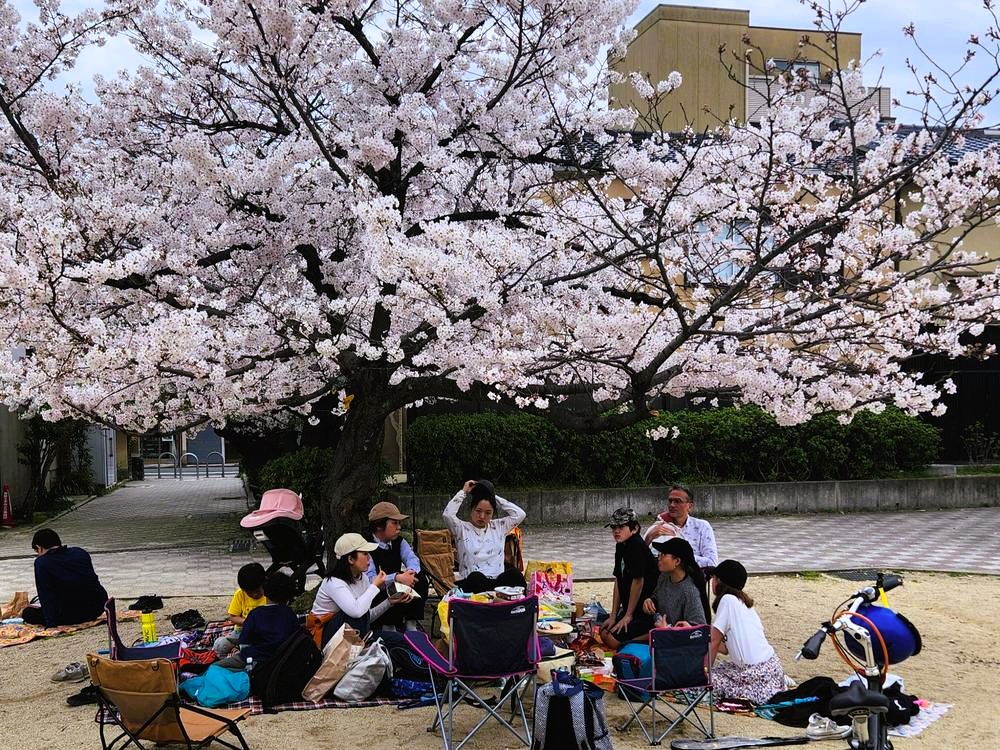
In a nutshell
Respectful hanami means treating cherry trees gently (no breaking branches or climbing), claiming only the space you need with a picnic mat, removing shoes before stepping on the mat, keeping noise at a considerate level, and most importantly, cleaning up thoroughly after yourself—leaving no trace behind.
Delicious Hanami Foods and Drinks
No hanami party is complete without a delicious spread of food and drinks! In fact, there’s even a Japanese phrase “hana yori dango” (花より団子, “dumplings over flowers”) that playfully suggests some people might care more about the snacks than the blossoms!
Hanami Bento (花見弁当)
Special picnic bento boxes are often prepared for hanami. These colorful, bite-sized treats are perfect for sharing outdoors. Look for makizushi (sushi rolls), inarizushi (rice in sweet tofu pockets), karaage (Japanese fried chicken), and onigiri rice balls – perhaps even special sakura onigiri made with salted cherry blossoms in the rice!
Hanami Dango (花見団子)
Perhaps the most iconic hanami sweet is hanami dango – three chewy rice dumplings on a skewer, traditionally colored pink, white, and green. The colors represent spring: pink for the sakura flowers, white for the remaining snow, and green for new grass – symbolizing the transition of seasons.
Sakura Mochi (桜餅)
Another seasonal treat is sakura mochi, a pink-colored sweet rice cake filled with red bean paste and wrapped in a pickled cherry blossom leaf. The combination of sweet bean paste and faintly salty, perfumed leaf is a distinctive flavor of spring. Enjoying one beneath a cherry tree doubles down on the sakura experience – you’re literally tasting the cherry blossom as you view them!
Drinks – Sake, Beer and More
Drinking under the blossoms is such a time-honored custom that there’s even a term “花見酒” (hanami-zake) to describe it! Sake is the traditional choice, with many breweries producing special spring editions adorned with sakura motifs.
Beer is another hugely popular option, with major companies releasing limited-edition cans decorated with cherry blossoms each year. In recent times, fruity chu-hi (shochu highballs) or canned cocktails have also become common at hanami parties.
Of course, not everyone drinks alcohol – plenty of people bring tea, juice, or even trendy sakura-flavored lattes and sodas that appear in stores each spring!
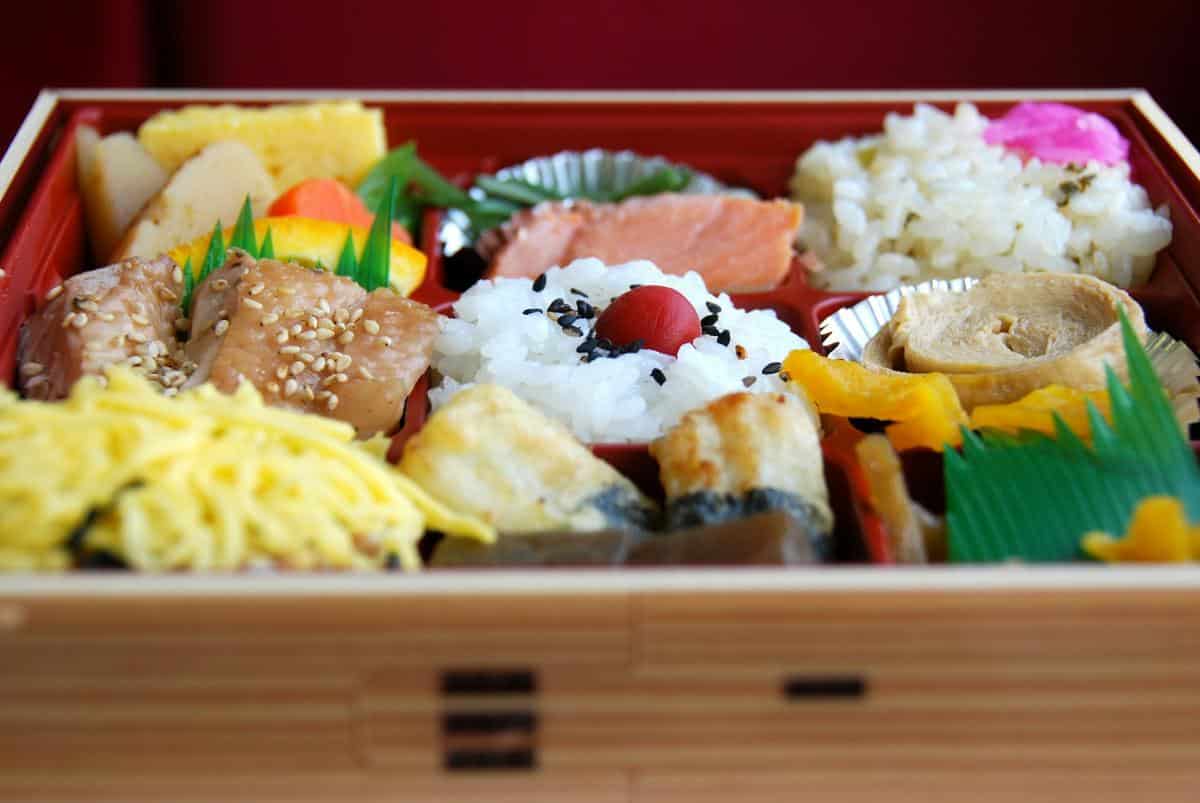
In a nutshell
Traditional hanami foods include special picnic bentos with sushi rolls and fried chicken, tri-colored hanami dango (pink, white, and green rice dumplings), sakura mochi wrapped in cherry leaves, and drinks like sake (hanami-zake) and special cherry blossom-themed beers—all representing the essence of spring flavors.
Sakura Forecasting: Tracking the Cherry Blossom Front
Japan’s cherry blossoms are famously fleeting, typically lasting only a week or so in full bloom. This has given rise to a nationwide fascination with sakura forecasting. Each year, starting in late winter, meteorological agencies and the media track the “sakura zensen” (桜前線), or cherry blossom front – the wave of blooming that moves from south to north across the archipelago.
The Japan Meteorological Agency announces official bloom dates based on sample cherry trees at specified locations. Maps of Japan are shown on TV with a sweeping pink front marking projected bloom dates – a unique spring spectacle on the weather report!
For example, in 2025 the first Somei Yoshino blossoms were reported on March 23 in Kochi and Kumamoto (Shikoku and Kyushu). Tokyo’s official bloom was declared on March 24, 2025 – right on the historical average date. By the first week of April, the sakura zensen had reached Tohoku, and even Hokkaido’s earliest spots were anticipating blossoms by mid-April – unusually early for the north!
People adjust their hanami plans according to these forecasts. The concept of “sakura fever” grips the nation – news channels give daily updates, and newspapers publish maps of expected bloom and peak dates for major cities. Some enthusiasts even practice “桜前線追っかけ” (sakura-zensen okkake) – “chasing the cherry blossom front” – traveling city to city to see multiple sakura peak events in one season!
In a nutshell
Japan tracks the “sakura zensen” (cherry blossom front) with incredible precision as it moves northward each spring. Meteorological agencies announce official bloom dates, media outlets publish detailed maps and forecasts, and the entire nation follows along, planning hanami events around the predicted peak bloom times in their regions.
The Deeper Meaning of Hanami: Beauty in Impermanence
Beyond the picnics and parties, hanami has a profound cultural significance in Japan. The cherry blossoms’ ephemeral nature embodies “mono no aware” – the poignant awareness of impermanence. Their brief, brilliant bloom reminds us to appreciate beautiful moments because they won’t last.
This philosophical aspect is captured in Japanese proverbs and poetry about sakura. For instance, 「花の命は短い」 (Hana no inochi wa mijikai) – “The life of flowers is short” – is often cited as a reminder of life’s transience.
The 12th-century poet Saigyō even expressed his wish to die beneath the blossoms: 「願わくは花の下にて春死なむ そのきさらぎの望月のころ」 “I pray that I might die beneath the blossoms in spring – around the time of the full moon of the second month.”
This deep appreciation for the fleeting beauty of cherry blossoms adds a layer of meaning to what might otherwise seem like simple outdoor parties. When the forecasts say the petals will fall soon (桜吹雪 – “sakura snowstorm” of falling petals), it’s a gentle reminder: enjoy this moment now, because it won’t last.
In a nutshell
Hanami embodies the Japanese concept of “mono no aware”—the appreciation of impermanence. Cherry blossoms’ brief, spectacular blooming period symbolizes life’s transience, inspiring poetry, proverbs, and a cultural mindset that finds beauty in the fleeting nature of existence.
Your Turn to Experience Hanami!
Have you ever experienced the magic of hanami in Japan? If not, I hope this article has inspired you to add it to your travel bucket list! There’s truly nothing like sitting beneath blooming cherry trees, surrounded by friends old and new, all united in celebrating spring’s arrival.
Whether you’re drawn to the historical hanami traditions of Kyoto, the urban energy of Tokyo’s blossom spots, or the late-season spectacles of northern Japan, the cherry blossom season offers something magical for everyone.
And even if you can’t make it to Japan this cherry blossom season, why not create your own hanami celebration wherever you are? Find a flowering tree, spread out a picnic blanket, prepare some special treats, and take time to appreciate the beauty of spring with loved ones. After all, isn’t that what hanami is truly about?
Have you ever participated in a cherry blossom festival in your country? Or do you have a dream destination in Japan where you’d love to experience hanami? I’d love to hear your thoughts and experiences!

